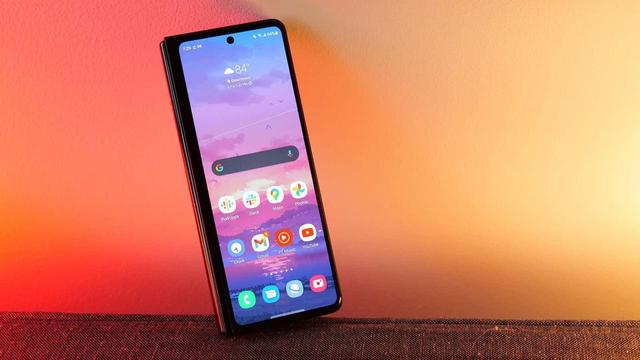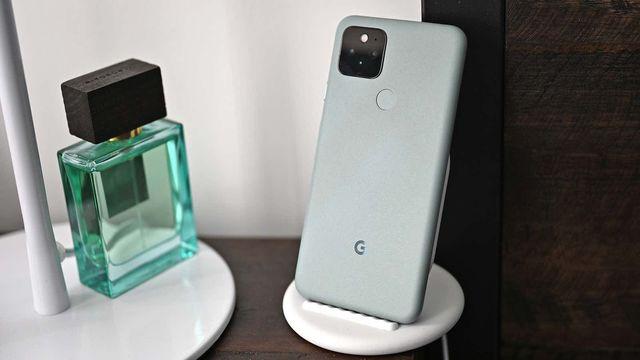"Beats Flex-fragment design special edition" is now on sale on Apple's official website
11/03/2022

When and who first made this essential feature for smartphones? A Look Back at 11 Great Techniques

It's not just Apple and Google. In 2007, 15 years have passed since Steve Jobs, wearing a black turtleneck, introduced the iPhone to the world. Through the early iPhones, Apple popularized many of the backbones of mobile computing, such as the touch screen and the App Store. [See all images] When and who first created this essential function for smartphones? Looking back on 11 great technologies After that, not only Apple, but also various companies and developers gave shape to various ideas, leading to the smartphone as of 2022. Thanks to that, we can now use smartphones in various ways, such as viewing media, creating content, and communicating, and the comfort of using each is improving day by day. Here, I would like to take a look back at the innovations in smartphones since the iPhone, and give credit to the companies and developers who have overcome difficult challenges and made them happen. I picked up 11 techniques here, but please point out if there is something missing.
Although dual camera phones existed before the smartphone era, the earliest purpose of dual cameras was for 3D photography. The HTC M8 and LG G5 were the first to come with a second lens to improve photo quality. What are the differences between the M8 and G5, and what do the lenses do? was. The M8 only had one camera for taking pictures, and the second lens acted as a depth sensor for fine-tuning the photos. The G5 is easier to understand, and while the standard camera is 16 million pixels, the secondary lens is an ultra-wide-angle 8 million pixels. Even when shooting a subject, it made it possible to fit a lot of things on one screen without stitching the photos together. Huawei later teamed up with Leica to launch the P9, which featured one of the dual lenses on the back for monochrome detail. It's okay to take black and white photos normally, but by integrating the information captured by the monochrome lens with the information of the standard lens, it showed magic that could not be done before. After that, Apple launched the iPhone 7 Plus, a combination of a 12-megapixel camera + 12-megapixel 2x optical zoom lens. And with today's flagship smartphones, you no longer have to worry about whether to take a zoom or an ultra-wide angle. The Galaxy S22 Ultra, Pixel 6 Pro, and iPhone 13 Pro Max all come with standard, ultra-wide, and telephoto lenses.
Next page: 2. AMOLED Displaypage 1/5